Frost Protection - UTL Repository
Frost Protection - UTL Repository
Frost Protection - UTL Repository
Create successful ePaper yourself
Turn your PDF publications into a flip-book with our unique Google optimized e-Paper software.
]<br />
F R O S T P R O T E C T I O N : F U N D A M E N T A L S , P R A C T I C E A N D E C O N O M I C S<br />
[<br />
FIGURE 3.10<br />
Saturation vapour pressure over water (upper curve) and over ice (lower curve)<br />
versus temperature<br />
V A P O R P R E S S U R E ( k P a )<br />
0.70<br />
0.60<br />
0.50<br />
0.40<br />
0.30<br />
water<br />
ice<br />
e d<br />
e w<br />
e f<br />
Td<br />
ei<br />
Ti<br />
0.20<br />
-11 -10 -9 -8 -7 -6 -5 -4 -3 -2 -1 0<br />
T E M P E R A T U R E ( ° C )<br />
Figure 3.11 shows the corresponding air, wet-bulb, frost-bulb, ice point and<br />
dew-point temperatures at sea level for a range of dew-point temperature with<br />
an air temperature T a = 0 °C. If the dew-point is T d = -6 °C at T a = 0°C,<br />
both the wet-bulb and frost-bulb temperature are near -2 °C. In fact, there is<br />
little difference between the wet bulb and frost bulb temperatures for a given<br />
dew-point temperature in the range of temperature important for frost<br />
protection. However, the ice point and dew-point temperatures deviate as the<br />
water vapour content of the air (i.e. the dew-point) decreases. Because there is<br />
little difference between the wet-bulb and frost-bulb temperature, there is little<br />
need to differentiate between the two parameters. Therefore, only the wet bulb<br />
temperature will be used in further discussions.<br />
The total heat content of the air is important for frost protection because<br />
damage is less likely when the air has higher total heat content. During a frost<br />
night, the temperature falls as sensible heat content of the air decreases. Sensible<br />
heat content (and temperature) decreases within the volume of air from the soil<br />
surface to the top of the inversion because the sum of (1) sensible heat transfer<br />
downward from the air aloft, (2) soil heat flux upward to the soil surface and<br />
(3) transfer of heat stored within the vegetation to the plant surfaces is insufficient<br />
to replace the sensible heat content losses resulting from net radiation energy losses.<br />
Tw<br />
Tf<br />
ea<br />
T<br />
e<br />
52


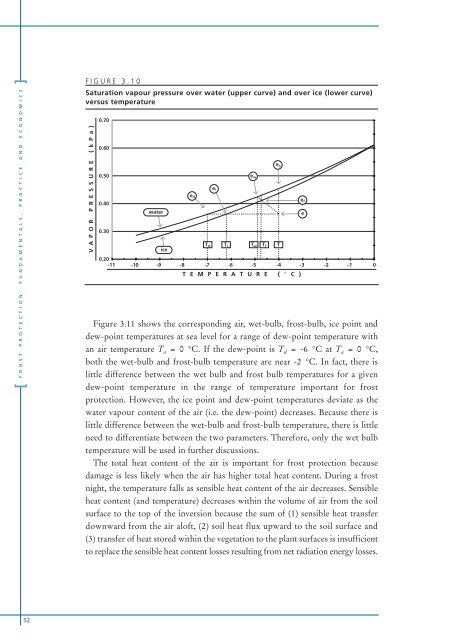
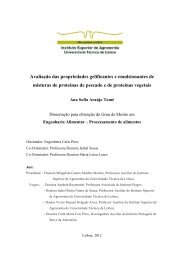
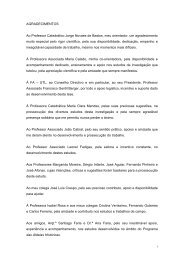

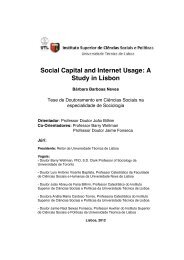
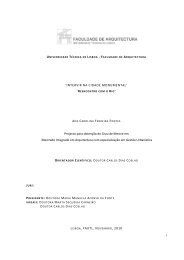
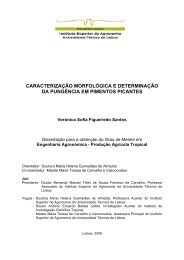

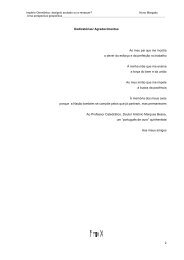

![Tese - Es..[1].pdf - UTL Repository - Universidade Técnica de Lisboa](https://img.yumpu.com/25707135/1/184x260/tese-es1pdf-utl-repository-universidade-taccnica-de-lisboa.jpg?quality=85)


